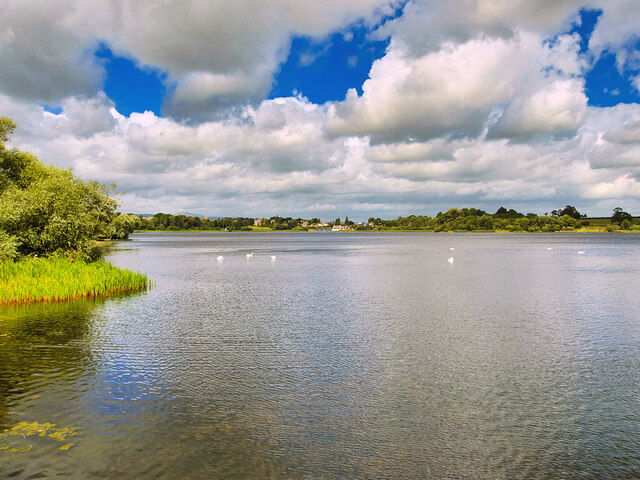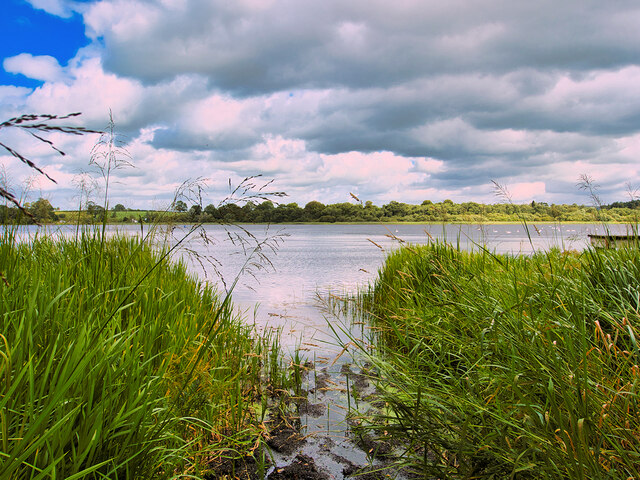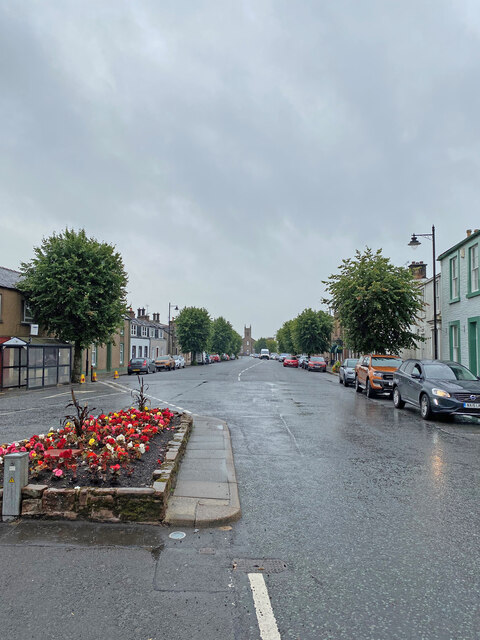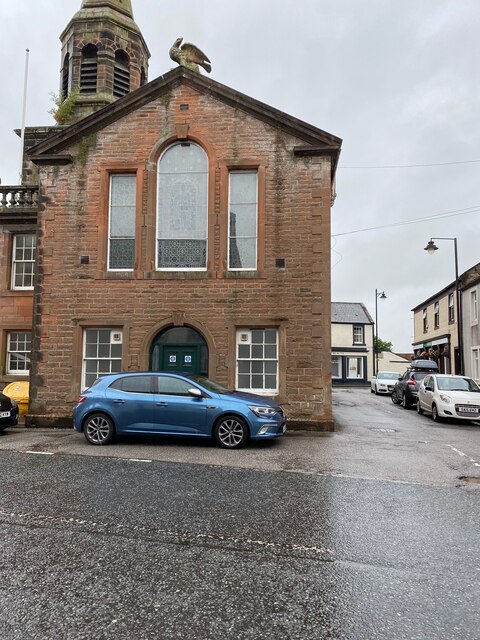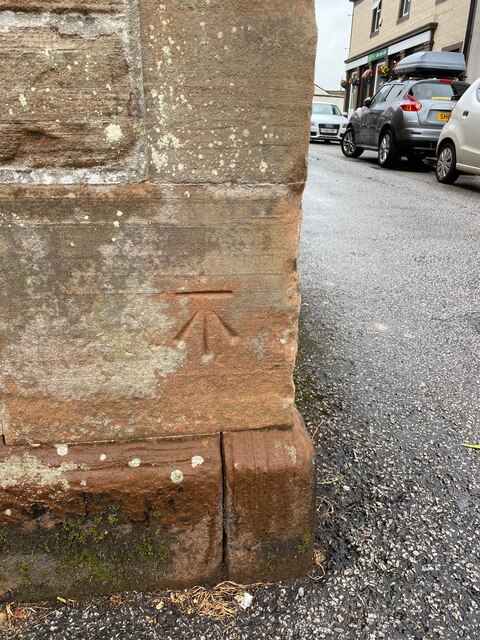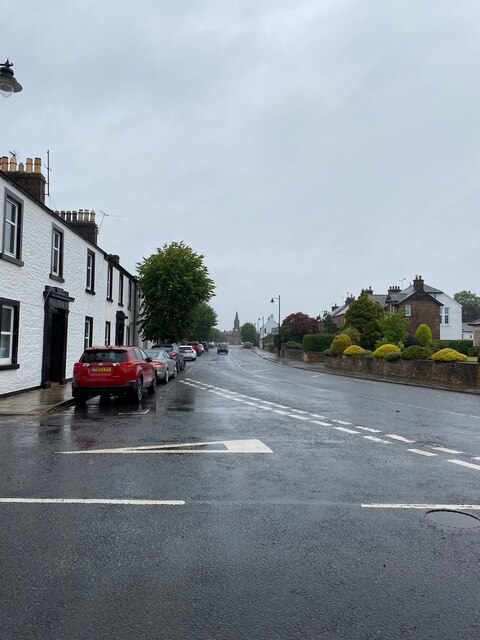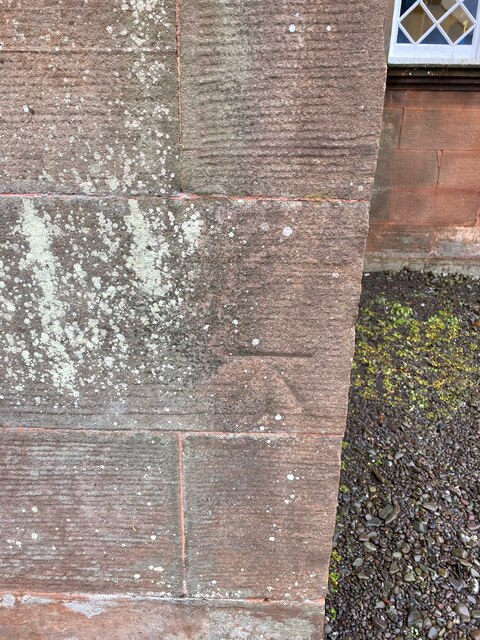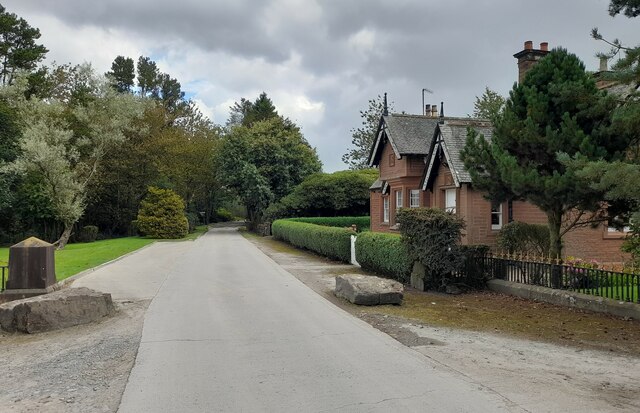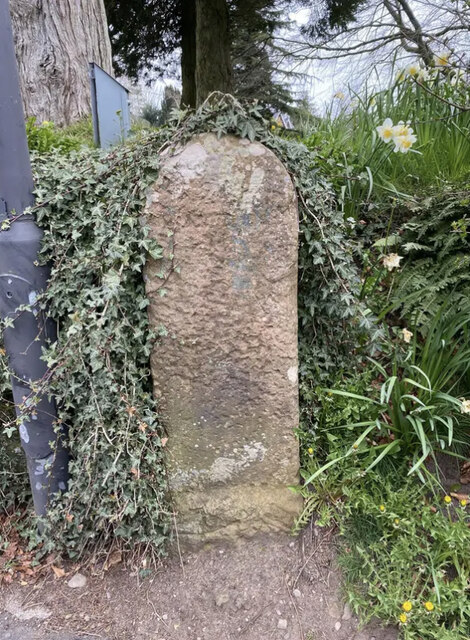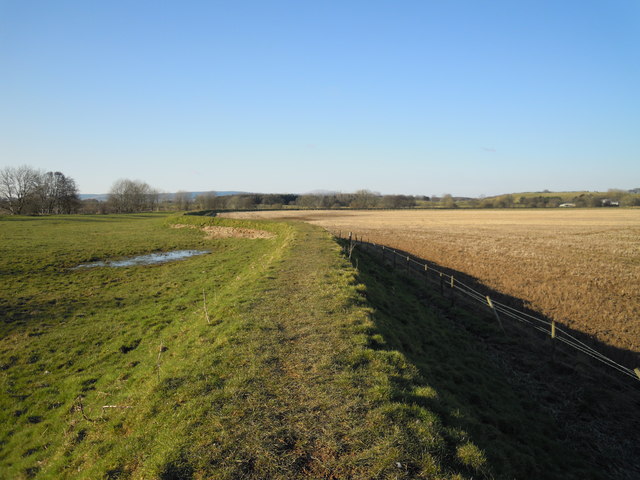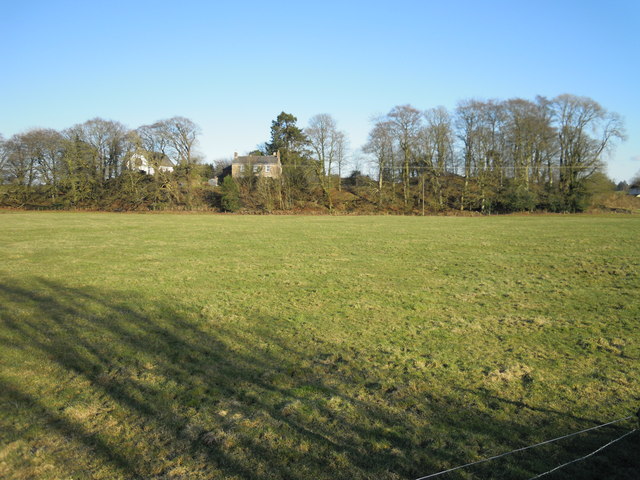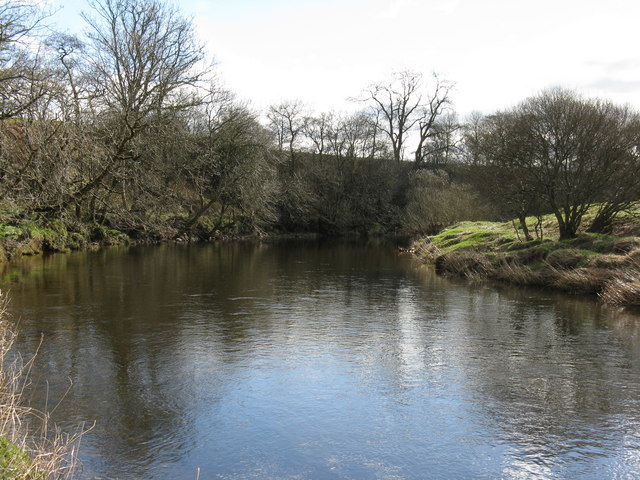Peat Hill
Hill, Mountain in Dumfriesshire
Scotland
Peat Hill
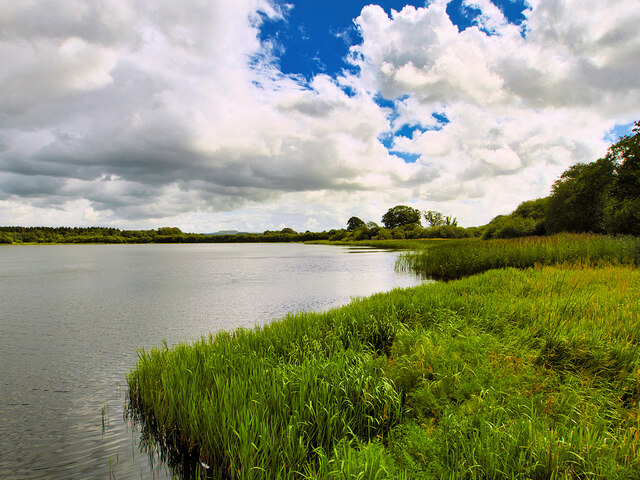
Peat Hill is a prominent hill located in Dumfriesshire, Scotland. It is situated in the southern part of the country, near the border with England. With an elevation of approximately 547 meters (1,795 feet), Peat Hill is considered a significant landmark in the region.
The hill is mostly covered in heather and peat, giving it its name. The terrain is rugged, featuring steep slopes and rocky outcrops, making it a popular destination for hikers and outdoor enthusiasts. From the summit, visitors are rewarded with stunning panoramic views of the surrounding countryside, including the rolling hills and valleys of Dumfriesshire.
Peat Hill is part of the Southern Uplands, a range of hills and mountains that stretch across southern Scotland. It is known for its rich biodiversity, with various plant and animal species inhabiting the area. The hill provides a habitat for birds such as peregrine falcons, red grouse, and golden eagles, as well as mammals like red deer and mountain hares.
The surrounding area offers several walking trails and paths, allowing visitors to explore the natural beauty of Peat Hill and its surroundings. It is advisable to come prepared with appropriate outdoor gear, as the weather in Dumfriesshire can be changeable and conditions on the hill can be challenging.
Overall, Peat Hill is a picturesque and rugged hill in Dumfriesshire, offering breathtaking views and an opportunity to immerse oneself in the natural beauty of the Scottish countryside.
If you have any feedback on the listing, please let us know in the comments section below.
Peat Hill Images
Images are sourced within 2km of 55.129965/-3.4188889 or Grid Reference NY0982. Thanks to Geograph Open Source API. All images are credited.
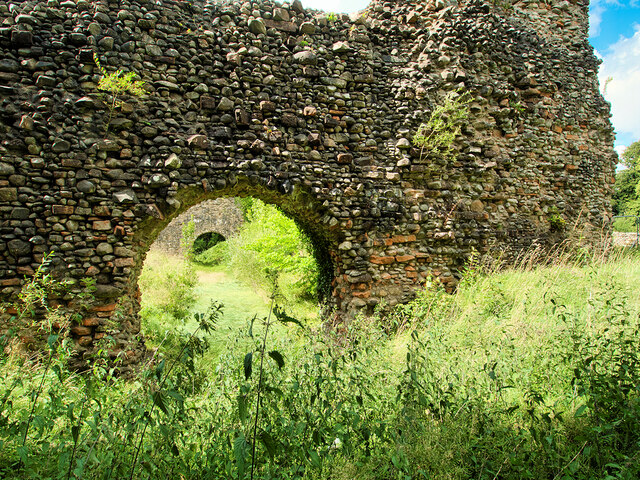
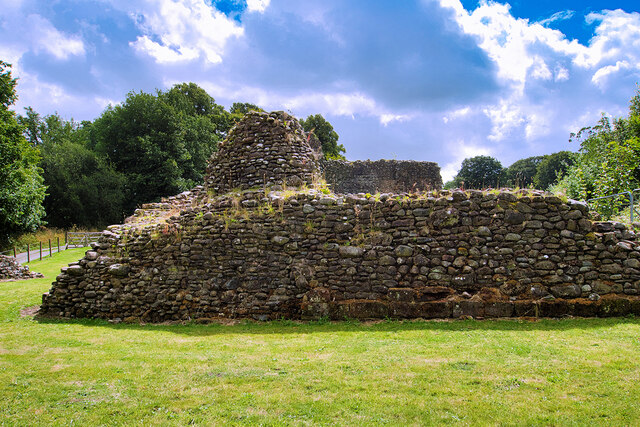
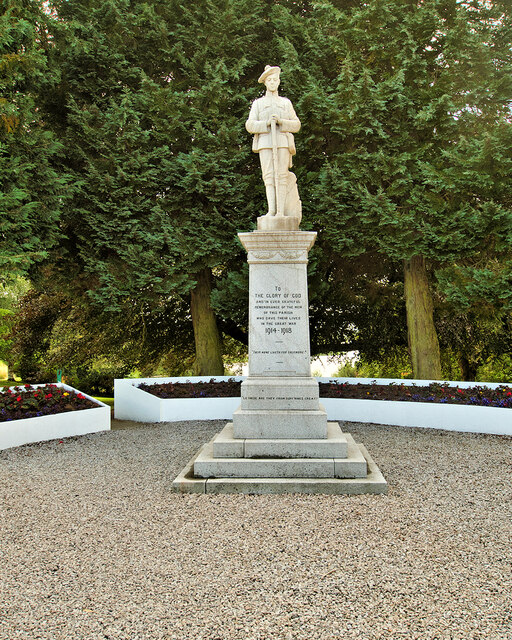
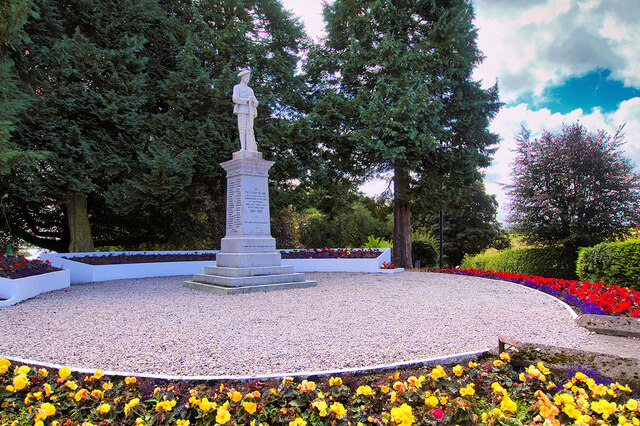
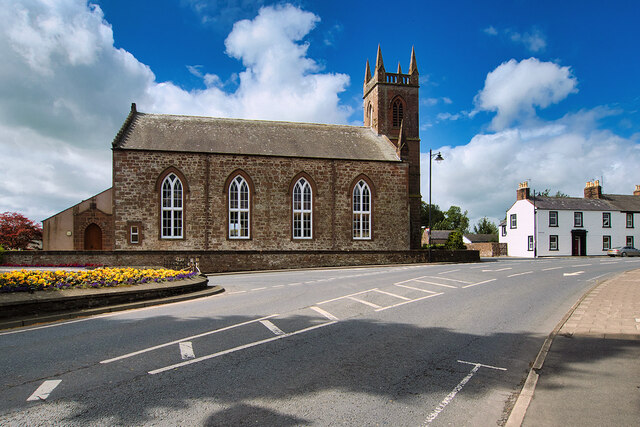
Peat Hill is located at Grid Ref: NY0982 (Lat: 55.129965, Lng: -3.4188889)
Unitary Authority: Dumfries and Galloway
Police Authority: Dumfries and Galloway
What 3 Words
///completed.fingernails.deal. Near Lochmaben, Dumfries & Galloway
Nearby Locations
Related Wikis
Kinnel Water
The Kinnel Water is a river in the Scottish council area of Dumfries and Galloway, in the shire of Dumfriesshire. == History == The Kinnel Water rises...
Lochmaben F.C.
Lochmaben Football Club is a Scottish football based in Lochmaben, Dumfries and Galloway. The club took on its current name after a merger with Crichton...
Applegarthtown
Applegarthtown, also known as Applegarth or Applegirth, is a village near Lockerbie in Annandale, Dumfries and Galloway, Scotland. Applegarth's Town is...
Battle of Lochmaben Fair
The Battle of Lochmaben Fair was an engagement in Lochmaben, Scotland, on 22 July 1484 between Scottish loyalists to James III of Scotland and the rebels...
Nearby Amenities
Located within 500m of 55.129965,-3.4188889Have you been to Peat Hill?
Leave your review of Peat Hill below (or comments, questions and feedback).
